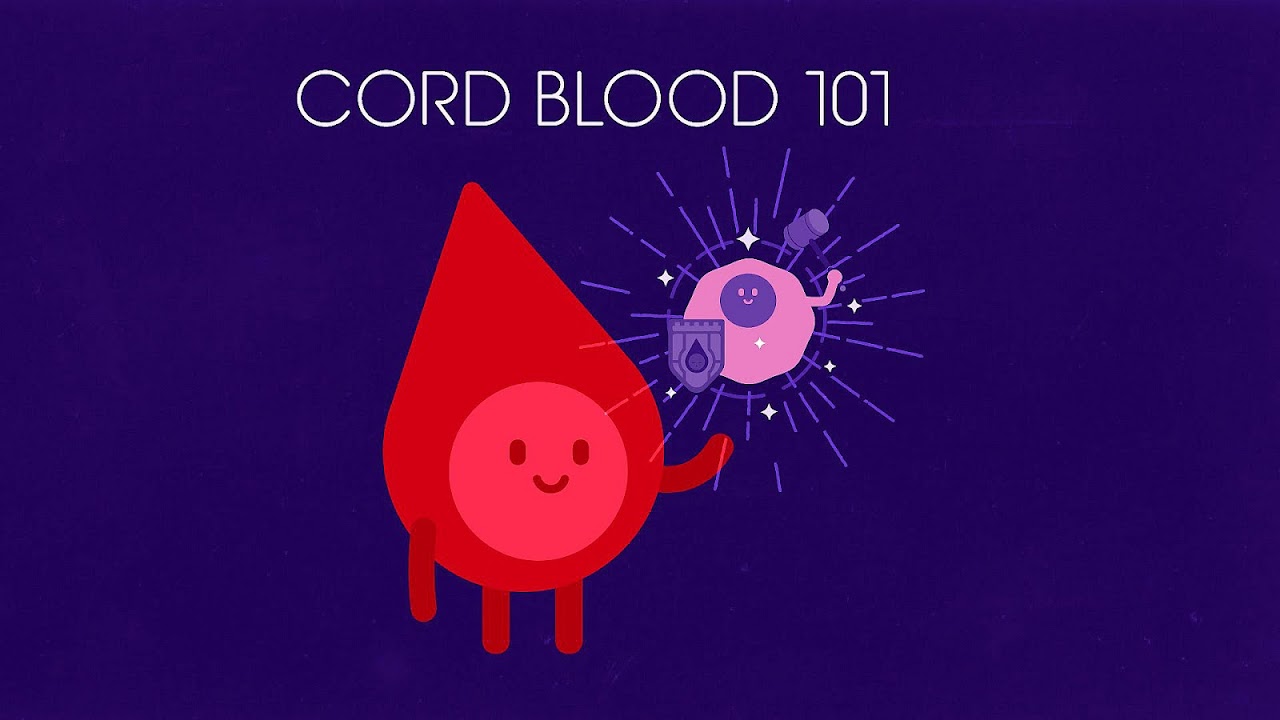
Placenta banking refers to the collection and storage of stem cells from the placenta, in addition to those found in cord blood, after the birth of a human baby. Placental stem cells are those stem cells that are found only in the placenta and are collected after the blood from the umbilical cord is drawn. They are non-embryonic stem cells, as are those obtained from umbilical cord blood.
Both the placenta and umbilical cord are also rich sources of stem cells. Banking stem cells from the placenta in addition to those found in cord blood significantly increases the number of prenatal stem cells that are collected and preserved.

Maps, Directions, and Place Reviews
Properties
The placenta is a rich source of CD34+ stem cells. CD34+ cell dose is /ref>
Cord Bank Registry Video
Collection and storage
While cord blood is collected by a health care provider at the hospital, the placenta must be sent back to the laboratory for processing before the stem cells can be recovered. As such, placental stem cell collection and processing is more intensive than cord blood stem cell processing.
Both placental and cord blood stem cell units are processed and depleted of red blood cells and then cryopreserved in liquid nitrogen tanks at -196 degrees Celsius. Placental and cord blood stem cells units are stored in two separate cryopreservation bags, yielding two separate stem cell units. Recently, it has become evident that to preserve the greatest number of stem cells from the cord blood and placenta, cryopreserving the entire placenta in combination with cord blood banking is generally the best option since by cryopreserving the entire placenta, one may preserve up to 10 times more stem cells than other methods.
In Italy hospitals estimate that 50-66% of cord blood donations are discarded prior to banking because of insufficient quantity of cells. The discarded donations are used for research purposes.

Usage
Cord blood stem cells have been used to treat over 80 diseases to date, including leukemia, Hodgkin's lymphoma, and sickle cell anemia. Over 8,000 cord blood stem cell transplants have been performed to date. Very few if any placental cell transplants have taken place, but this may become more common in the future.
Source of the article : Wikipedia


EmoticonEmoticon